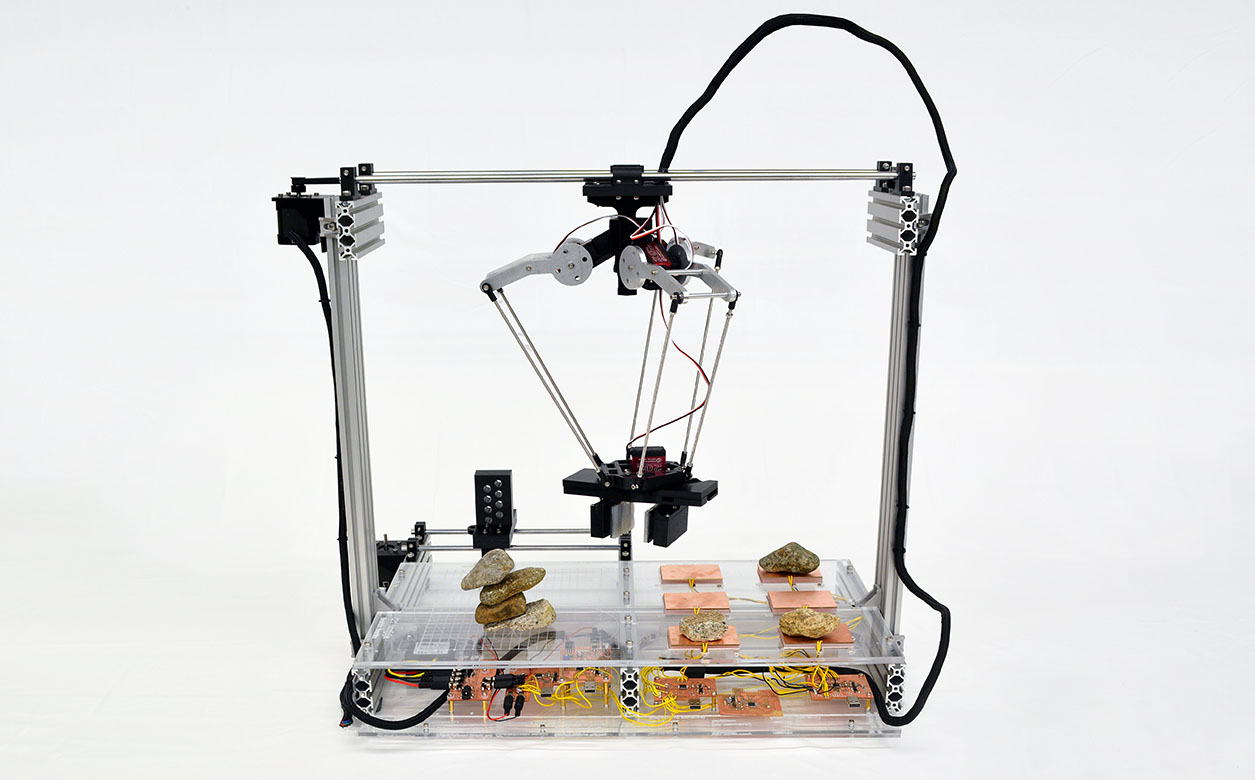









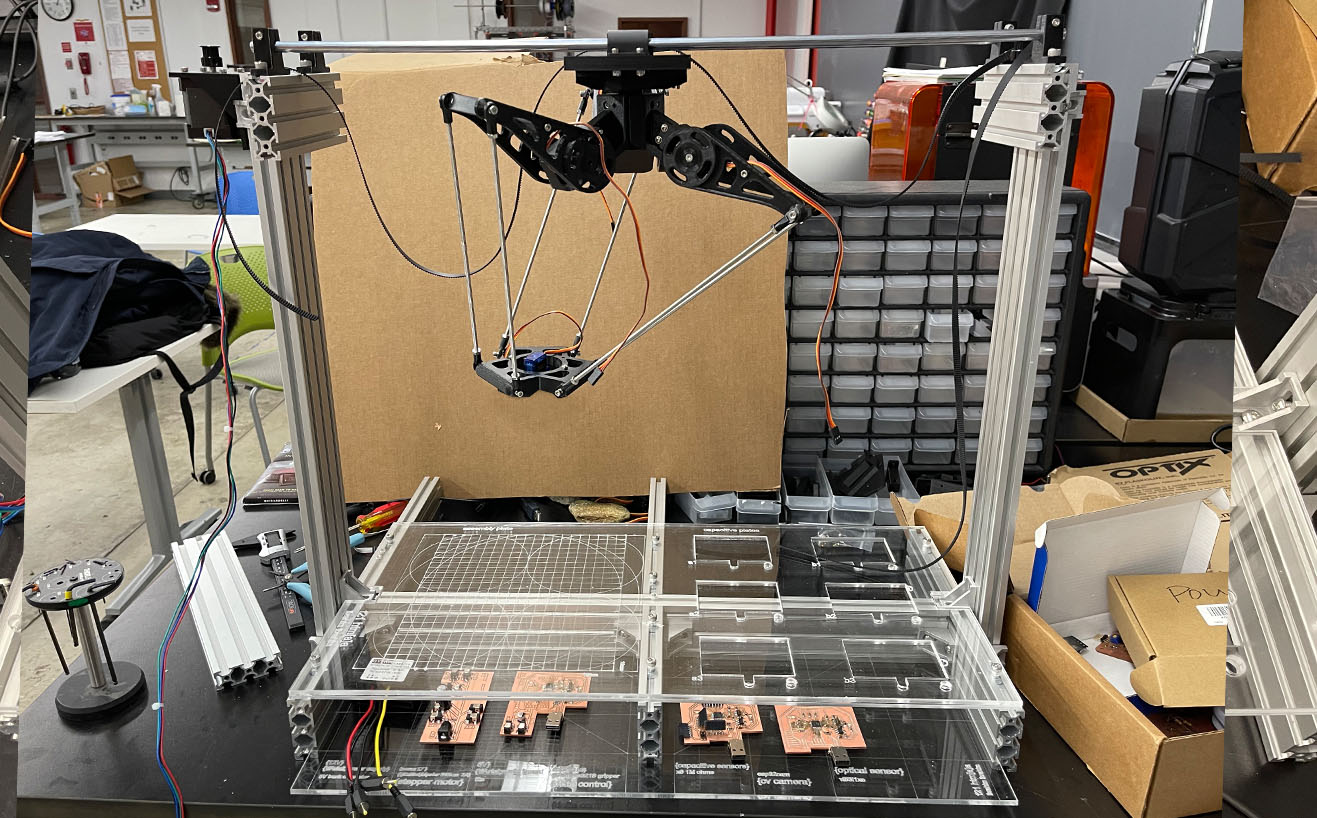


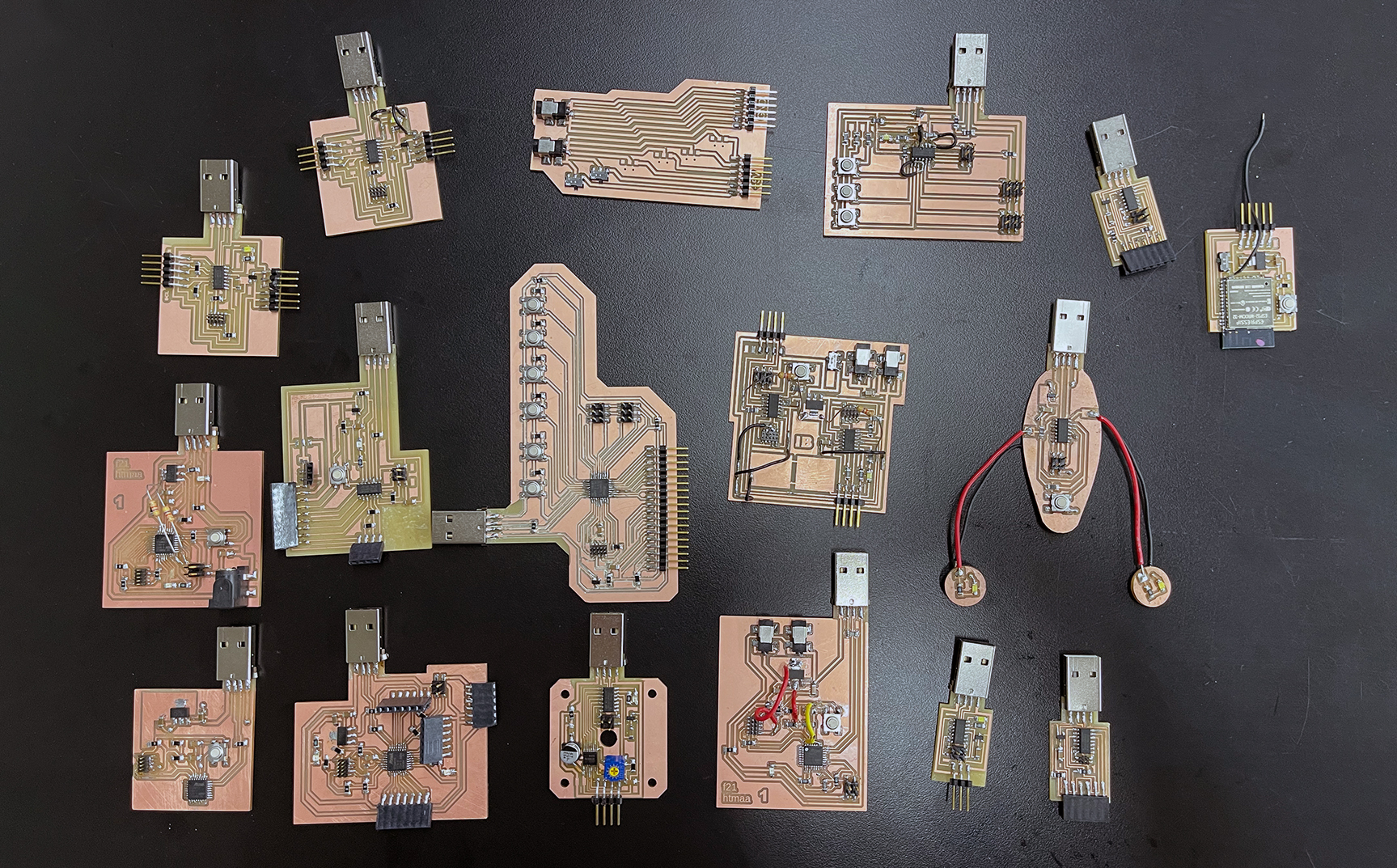

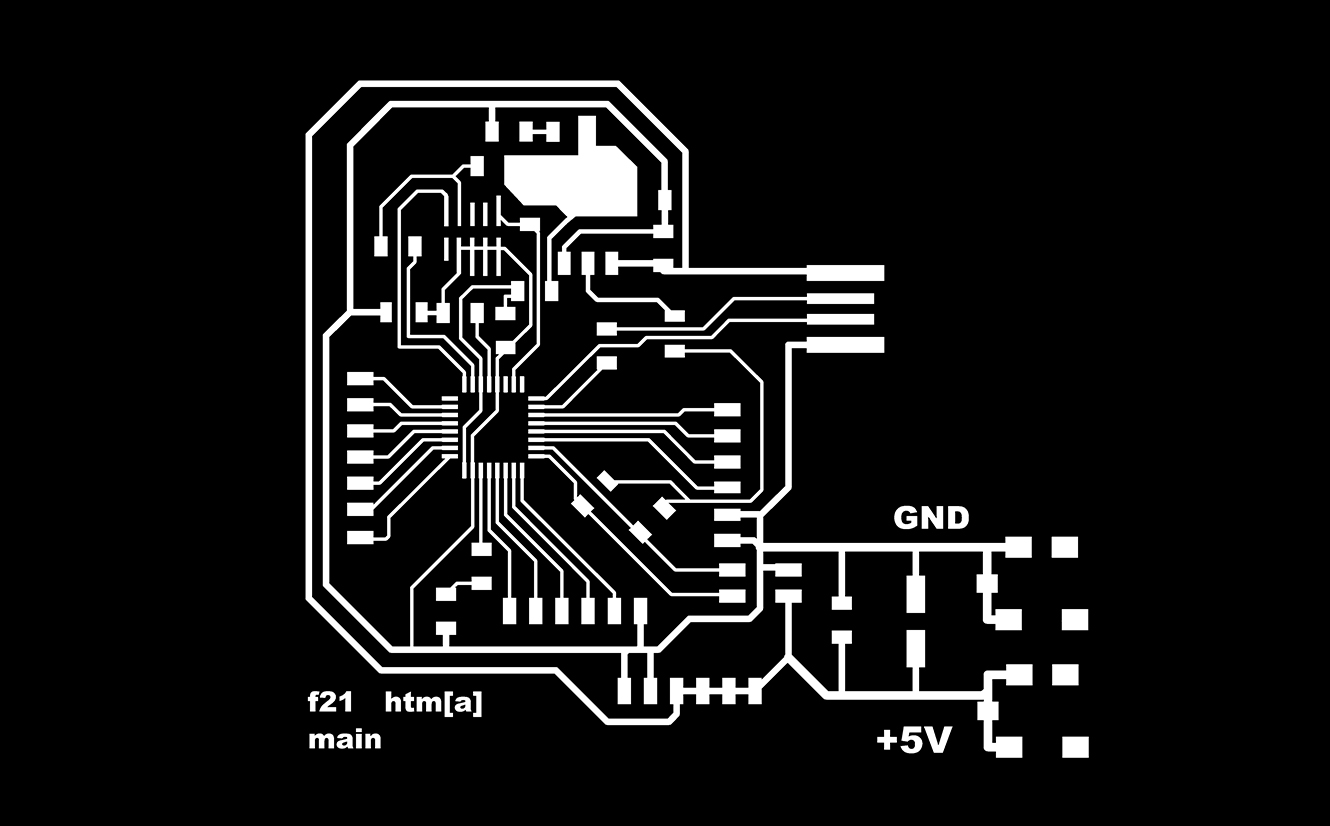
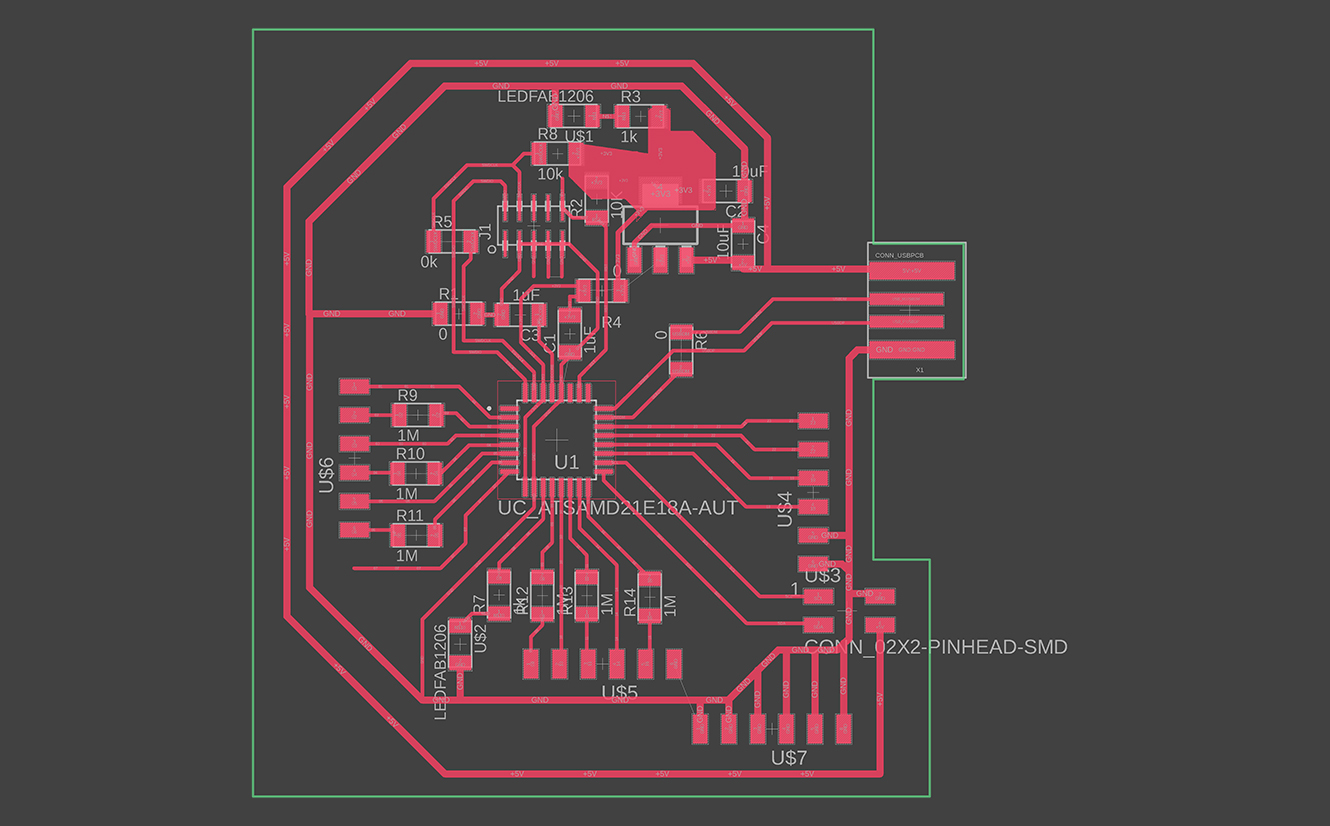











 >
>
#include
Servo servo1;
Servo servo2;
Servo servo3;
void setup()
{
servo1.attach(3);
servo2.attach(4);
servo3.attach(5, 1000, 2000);
servo1.write(90); // set servo to mid-point (90°)
servo2.writeMicroseconds(1500);
servo3.write(90); // set servo to mid-point (90°)
}
void loop() {}
 >
>
